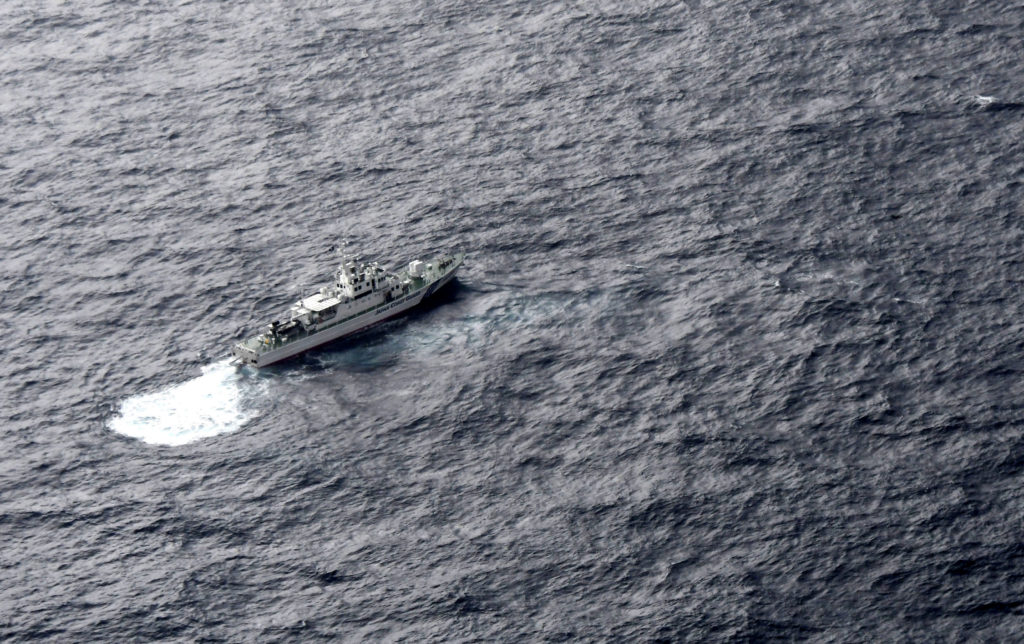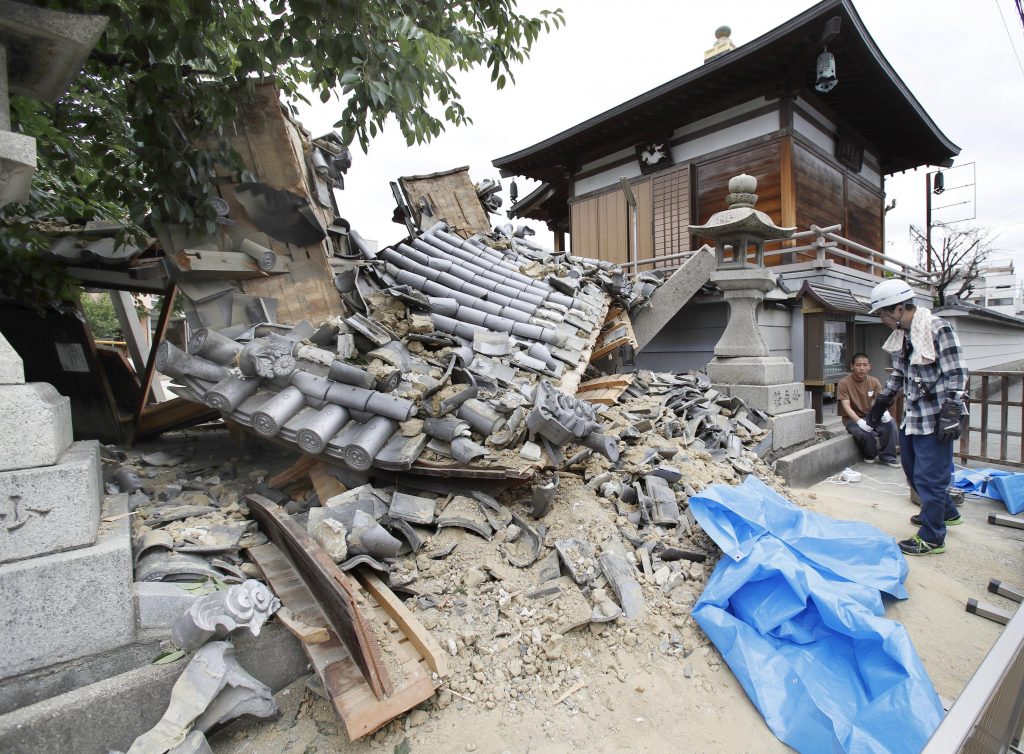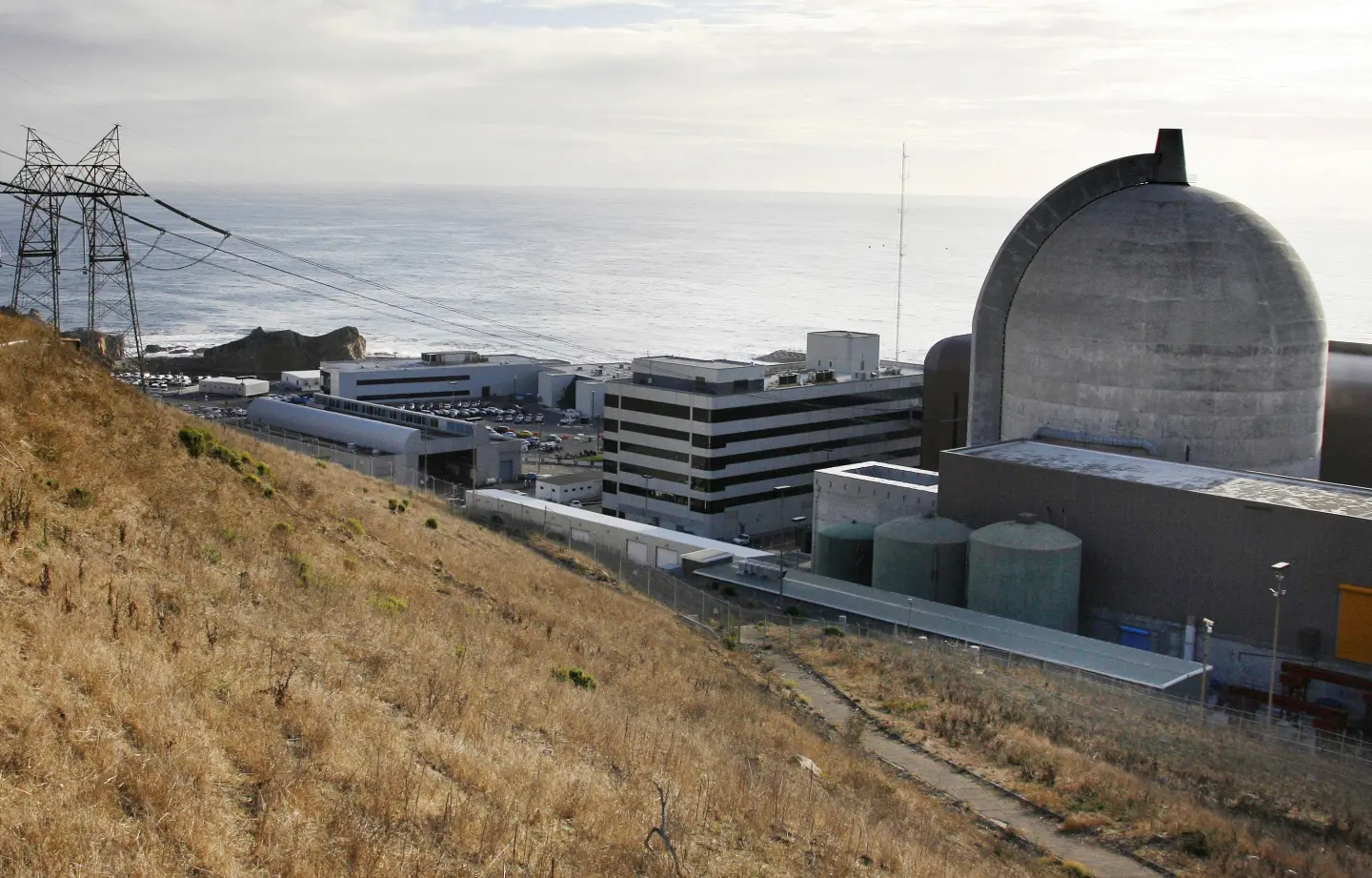The Fukushima-Dachii nuclear plant started its third release of nuclear wastewater on Nov. 2 as scientists warn that seafood products from the Pacific Ocean could be contaminated.
Although the International Atomic Energy Agency approved the 30-year water release plan, scientists and civilians in nations bordering the Pacific Ocean have questioned the safety of the plan, especially as it relates to seafood.
In a press release approving of the plan, the IAEA stated, “the discharges of the treated water would have a negligible radiological impact to people and the environment.”

Paul Dorfman, member of the Irish Government Environmental Protection Agency Radiation Protection Advisory Committee and chair of Nuclear Consulting Group, explained that some scientists have questioned IAEA’s approval of the water release.
“I and others are concerned by IAEA’s attitude,” Dorfman said. “Normally even low levels of radioactive pollution will find its way into local seafood, one way or another.”
In 2020, Japan exported 332,926 kilograms of frozen scallops to the U.S. Japan exports many fish products to the U.S.
Samantha Valeriano, a psychology student from Hawaii, said she eats seafood about once a week. She does not often think about where her food comes from but wants to be more cautious following the nuclear water release.
“I think I would be a little more cautious of what I ate, checking labels a little bit more,” Valeriano said. “I would be conscious of what I ate and where it came from.”
As the People’s Republic of China has imposed bans of Japanese fish exports, the U.S. has supported the Japanese market by increasing fish purchases.
In a press release, the United States Embassy and Consulate in Japan explained that military bases in Japan will carry Japanese seafood as a way to buoy up seafood markets and undermine the PRC’s ban.
“United States elected representatives and senior government officials have stood in solidarity with Japan during this baseless ban,” the statement said. “Another step to help provide additional sales to counter the ban was to start selling Japanese seafood at the U.S. military facilities in Japan, both through the commissaries and mess halls.”
According to the statement, government officials like former speaker Kevin McCarthy ate seafood from Japan as a testament to Japan’s safety standards.
However, other U.S. agencies, like the National Association of Marine Laboratories question whether accurate research was conducted by the IAEA and Japanese Government to determine safety of seafood products.
They explain that the lack of data on potential health impacts is a cause for serious concern.
“Many of the radionuclides contained in the accumulated waste cooling water have half-lives ranging from decades to centuries, and their deleterious effects range from DNA damage and cellular stress to elevated cancer risks in people who eat affected marine organisms, such as clams, oysters, crabs, lobster, shrimp and fish,” the statement reads.
Eve Nagareda, medical laboratory science major from Hawaii, shared she wants to avoid seafood from dumping grounds even if levels are considered safe.
“I think I would try to go as far as possible from it,” Nagareda said.
Kylee Wasano, pre-communications disorders student from Oahu, agreed. She explained she feels that she might already be consuming contaminated seafood.
“I feel like I already am eating that, and I just don’t know,” Wasano said. “Anything that could expose you to (radiation) you should be considerate about.”
As organizations weigh safety concerns, scientists turn to the water release process to determine potential effects.
What is in your water?
In 2011, an earthquake and tsunami hit the Fukushima-Dachii Power Plant, damaging the reactor. To cool the damaged core, water was pumped through the facility. This water then became contaminated with radionucleotides like Tritium.

Before water is dumped into the Pacific Ocean, it goes through a decontamination system called the Advanced Liquid Processing System.
On Sep. 8, the IAEA conducted seawater sampling off the Japanese Coast. They recorded Tritium levels below the internationally mandated limit of 1,500 bequerels per liter.
Dorfman explained that below-accepted tritium levels does not mean that the ALPS is functioning properly.
“The Japan government and IAEA say that the treatment is sufficient, and levels of radiation, especially tritium, in the water releases are low.” Dorfman said. “However, others note that the treatment process has already failed once before, and may let through a series of radioisotopes, not only tritium.”
A pre-publication scientific paper found that radionucleotides from the Fukushima plant will distribute globally and penetrate into the deep ocean. The highest concentration of these particles would be along the eastern coast of Japan.
This paper contradicts assertions made by the IAEA that once the water is dumped into the Pacific Ocean, the particles will dilute.
Radiation experts often say that “dilution isn’t the solution to pollution,” according to Dorfman.
Why release the water?
After the water is released, the land the tanks occupy will be available for the Japanese government to build facilities to fully decommission the Fukushima-Daiichi Plant.
“In the greater scheme of things, it has to be said that the main issue at Fukushima remains the almost impossible task of trying to extract the nearly 880 tonnes of highly radioactive nuclear fuel that have melted in three of the plant’s six reactors,” Dorfman said.
According to Dorfman, decommissioning is far off.

“We are a very very long way away from decommissioning Fukushima,” Dorfman said. “At the moment, there are no feasible plans to do so.”
What is the future of nuclear energy?
As the Fukushima nuclear water release continues its third phase and looks toward its 30-year release plan, scientists like Dorfman consider the overall effectiveness of nuclear power and its potential risks.
“The weight of evidence shows that due to the pace, scale and economics of the renewable evolution, all nuclear can do is make promises it just can’t keep,” Dorfman said.
Dorfman continued to explain how renewable energy will outstrip nuclear soon.
“Nuclear is quite simply just marginal,” Dorfman said. “In terms of cost, time, and do-ability — it’s renewable expansion in all sectors, energy efficiency and management, rapidly advancing storage technologies, grid modernization, interconnection and market innovation from supply to service provision that will power the global net-zero energy transition.”
As Nuclear wastewater disposal continues, organizations like the IAEA and NAML continue to debate the potential health impacts.




